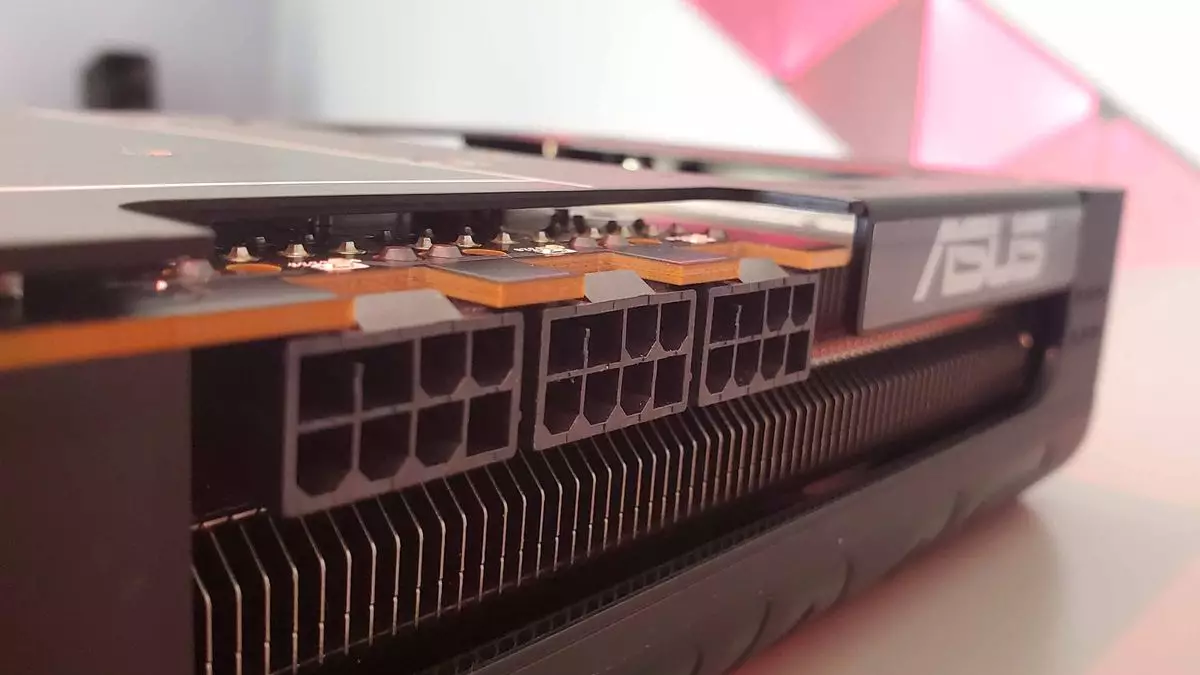Gaming enthusiasts have yet another season of anticipation as the graphics processing unit (GPU) market braces for a refreshing influx of affordable options. Following the high-end launches that typically dominate the landscape, many gamers are left yearning for reasonably-priced graphics cards that won’t break the bank. The excitement is palpable, particularly with the promise of potential releases from Nvidia and AMD, though official confirmations remain conspicuously absent.
The Rise of Rumors and Certification Leaks
The quest for budget-friendly graphics cards has ignited speculation and chatter within the tech community. A significant contributor to this buzz is harukaze5719, a well-known hardware leaker, who recently uncovered a noteworthy listing from the South Korean National Radio Research Agency (RRA). This listing revealed certification of both 16 GB and 8 GB variants of the upcoming Gigabyte RX 9060 XT graphics cards, a detail that gamers have eagerly embraced since the announcement was made just days ago. Such information is vital, as it not only highlights the anticipated specifications but also fuels hopes for an expansive memory configuration that caters to a wider audience.
Equally intriguing are the findings regarding Nvidia’s forthcoming RTX 5060 Ti models. The leaks detail a range of variations under the RTX 5060 Ti banner, including esteemed brands like Eagle and Aorus, predominately showcased in the 16 GB category. The familiarity of these brands and models comforts many gamers, although murmurs persist regarding the potential for 8 GB versions as well. The consistent emergence of information suggests that both manufacturers are strategically preparing for robust competition, meticulously balancing performance and price to capture the market’s interest.
AMD’s Strategic Moves in the Market
AMD hinted back in February that consumers could expect the RX 9060 series in the second quarter of 2025, though they remain enigmatic about the intricate details of performance. AMD’s tendency to keep their strategic cards close to their chest means enthusiasm is tempered with a healthy dose of skepticism. What gamers desperately crave is clarity regarding pricing and availability. Ideal pricing around $300-$350 would pit the RX 9060 XT against formidable adversaries like the Intel Arc B580 and last-gen Nvidia options, potentially rebalancing the feuding factions of the graphics card lineup.
Despite the challenges associated with supply and demand, optimism remains. Gamers recognize the potential in AMD’s RDNA 4 architecture, especially if paired with competitive pricing. If AMD can deliver an 8 GB competitor that truly offers bang for the buck, it could disrupt the status quo and reinvigorate the beleaguered GPU market.
The Elephant in the Room: Availability and Pricing Woes
However, lurking ominously in the background of these hopeful projections is a reality that cannot be ignored: the ongoing struggle for consumers to acquire AMD cards at near-manufactured suggested retail price (MSRP). This scarcity raises questions about the viability of perceiving AMD as a better value proposition in the current landscape filled with inflated prices and dwindling stocks. The market’s chaotic state complicates straightforward comparisons, as consumers find themselves navigating a convoluted landscape where price-to-performance ratios often falter under the weight of availability.
As industry narratives unfold, criticism of this unyielding predicament has emerged. Tech reviewers, such as “our Dave,” have diligently voiced concerns about benchmarks and real-world usability across the spectrum. Acknowledging that both AMD and Nvidia have their merits is one thing, but entrusting consumers to sift through the murky waters of extreme price variability and stock shortages is another. Gamers demand transparency and fairness, ideally leading to a future where entry-level options are not merely myths conjured to tease but tangible realities rooted in accessible pricing.
Fingers Crossed for the Future of GPUs
While the GPU season fosters a renewed sense of hope for affordable gaming graphics cards, it remains fraught with uncertainty. Gamers long for the day when reasonably-priced options are readily available without having to endure the rigors of exorbitant prices and limited stock. With both AMD and Nvidia potentially stepping up to the plate, the anticipation continues to grow. Will they rise to the occasion, delivering a balance of performance and affordability that gamers crave? As the countdown to the next wave of graphics card launches unfolds, one can only hope that the forthcoming solutions will restore equilibrium to a beleaguered market, ensuring that the joy of gaming remains accessible to all.

